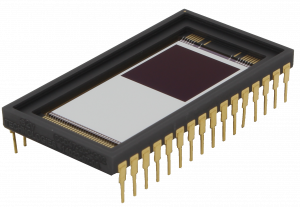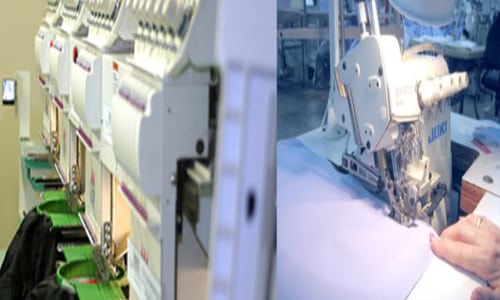
Cheops (the Characterising Exoplanet Satellite, pronounced ‘kay-ops’) was originally launched in December 2019 but has just completed three months of operational testing, as we reported. And its mission payload is based around a single frame transfer backside-illuminated charge-coupled device (CCD), which is supplied by the Chelmsford-based company. The CCD is located in the focal plane of a 32cm diameter on-axis telescope.Pictured above is the Teledyne e2v CCD47-20 image sensor. The company says the image sensor is possibly the one most used for space imaging missions, to date.The device selected for the CHEOPS mission was done so in part based on proven heritage and reliability in space. The CCD47-20 image sensor is possibly the most used image sensor for space imaging missions, to date.
“The pointing is extremely stable: this means that while the telescope observes a star for hours while the spacecraft moves along its orbit, the image of the star remains always within the same group of pixels in the detector,” said Carlos Corral van Damme, ESA’s System Principal Engineer for Cheops (right, artist’s impression).
“Such great stability is a combination of the excellent performance of the equipment and of the bespoke pointing algorithms, and will be especially important to fulfil the scientific objectives of the mission. The thermal stability of the telescope and the detector has also proven to be even better than required.”
On 7 February 2020, as part of the in-orbit commissioning phase, the first image was acquired using the CCD47-20 detector.
The first image referred to as a “perfect blur” was of a target star located around 150 light-years away (below). The intentionally blurry image is a product of the specially designed telescope optics, which are deliberately defocused to maximise the precision of CHEOPS’ measurements.
Source: This news has been taken from www.electronicsweekly.com








